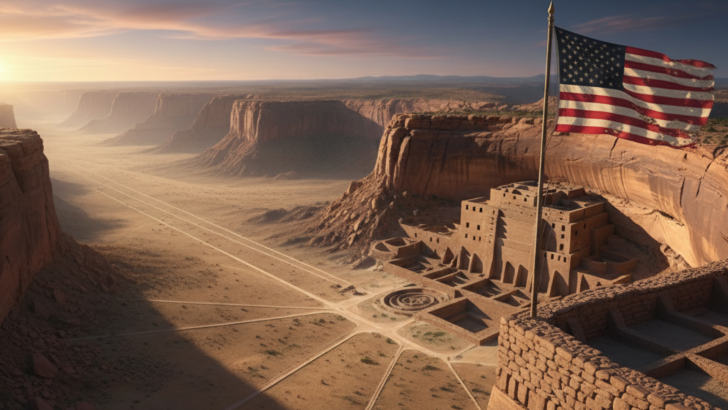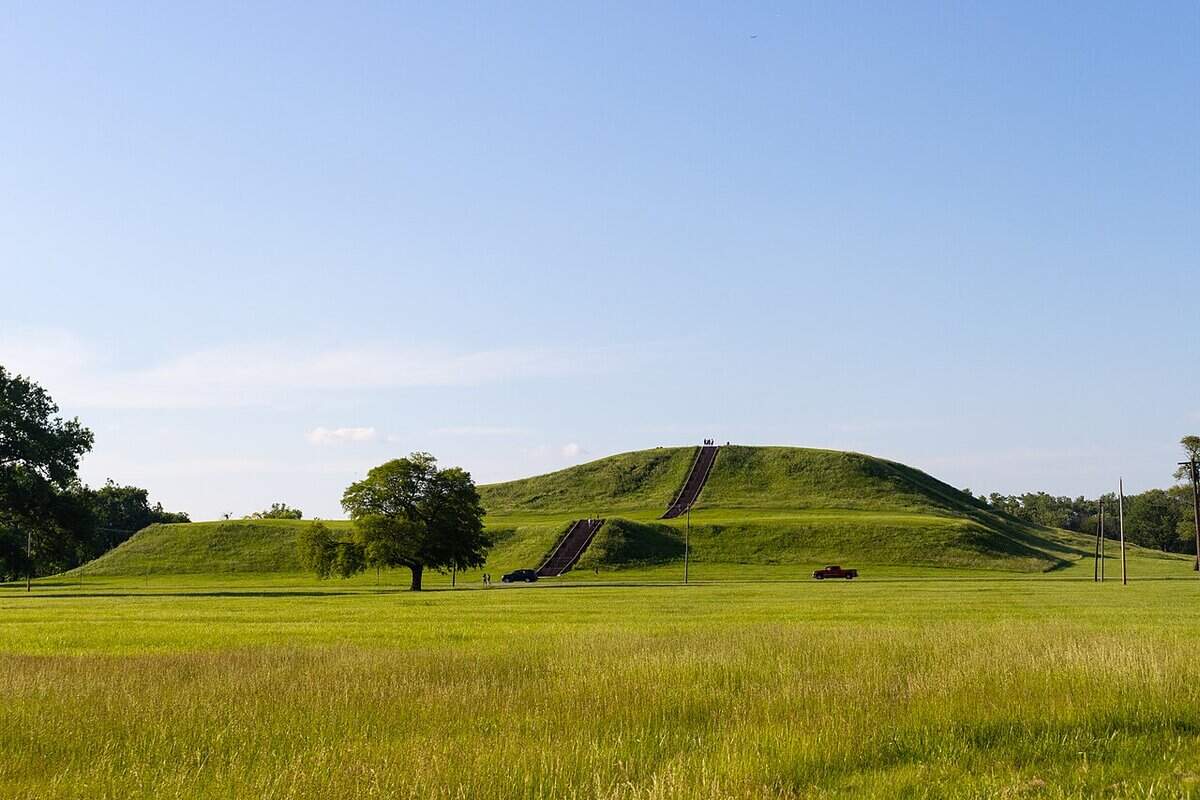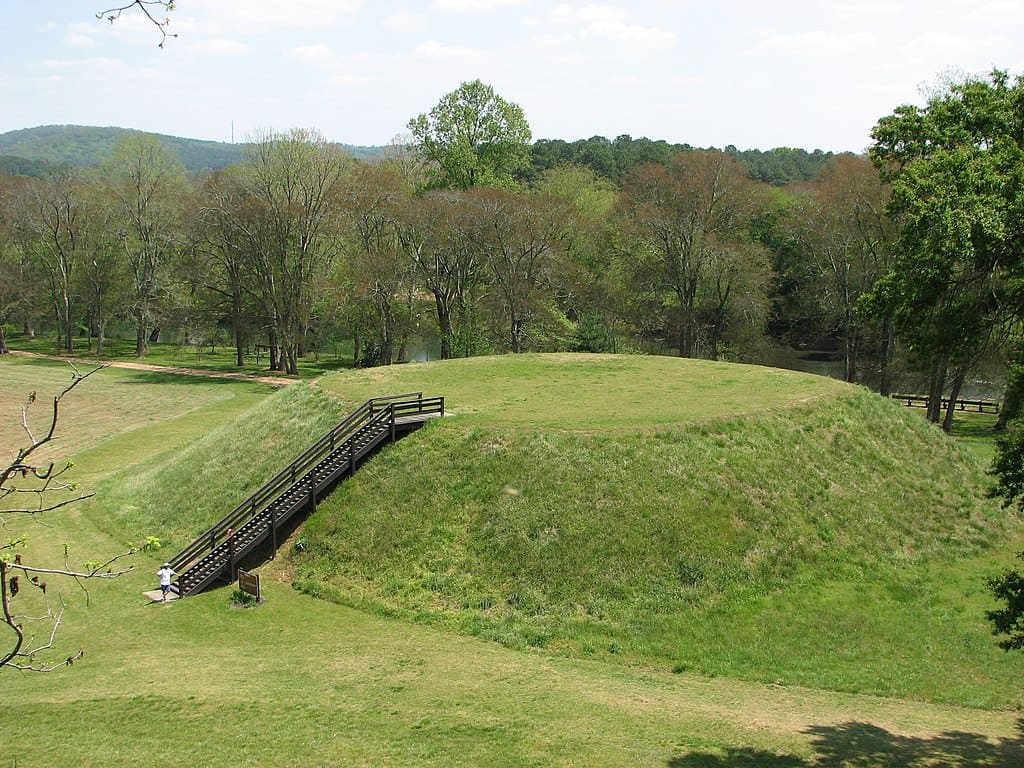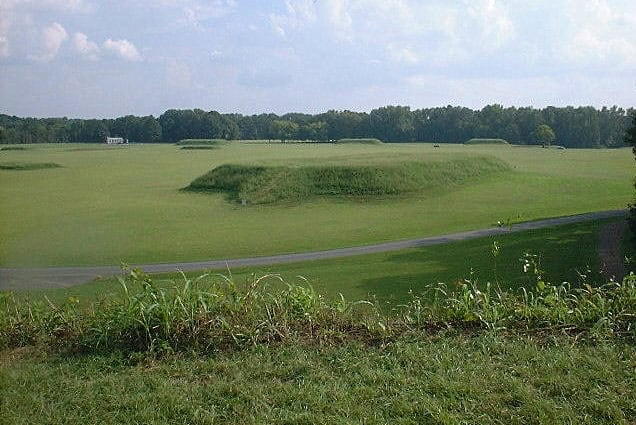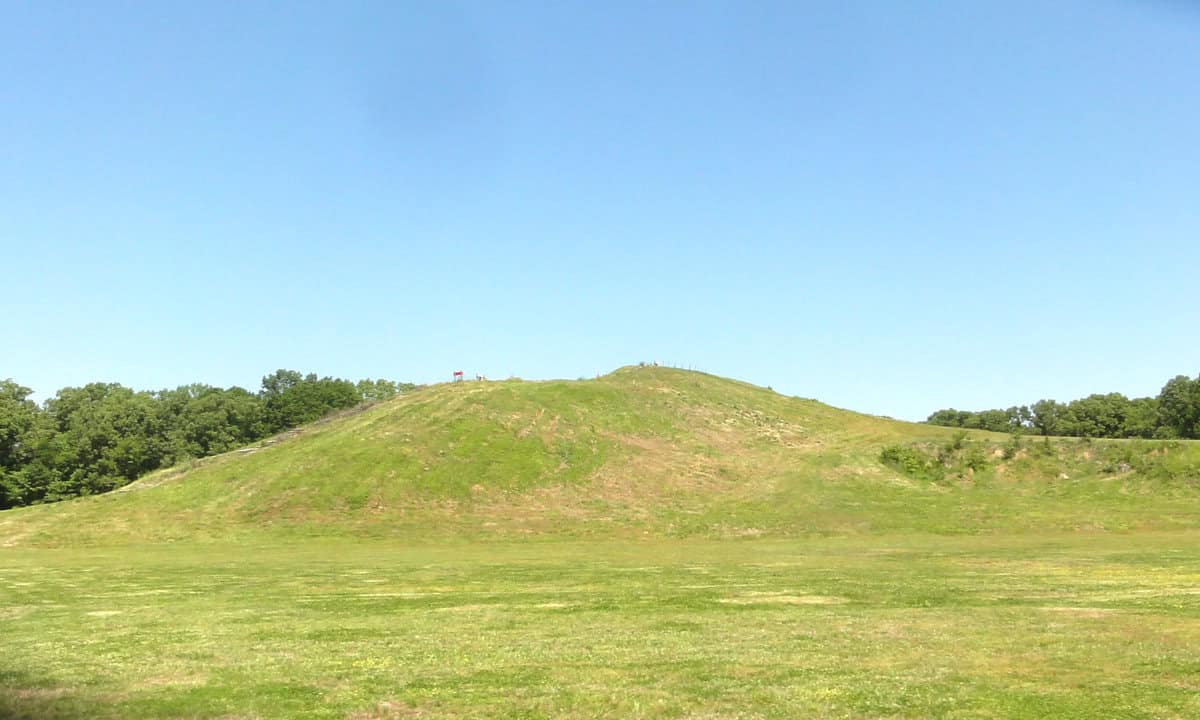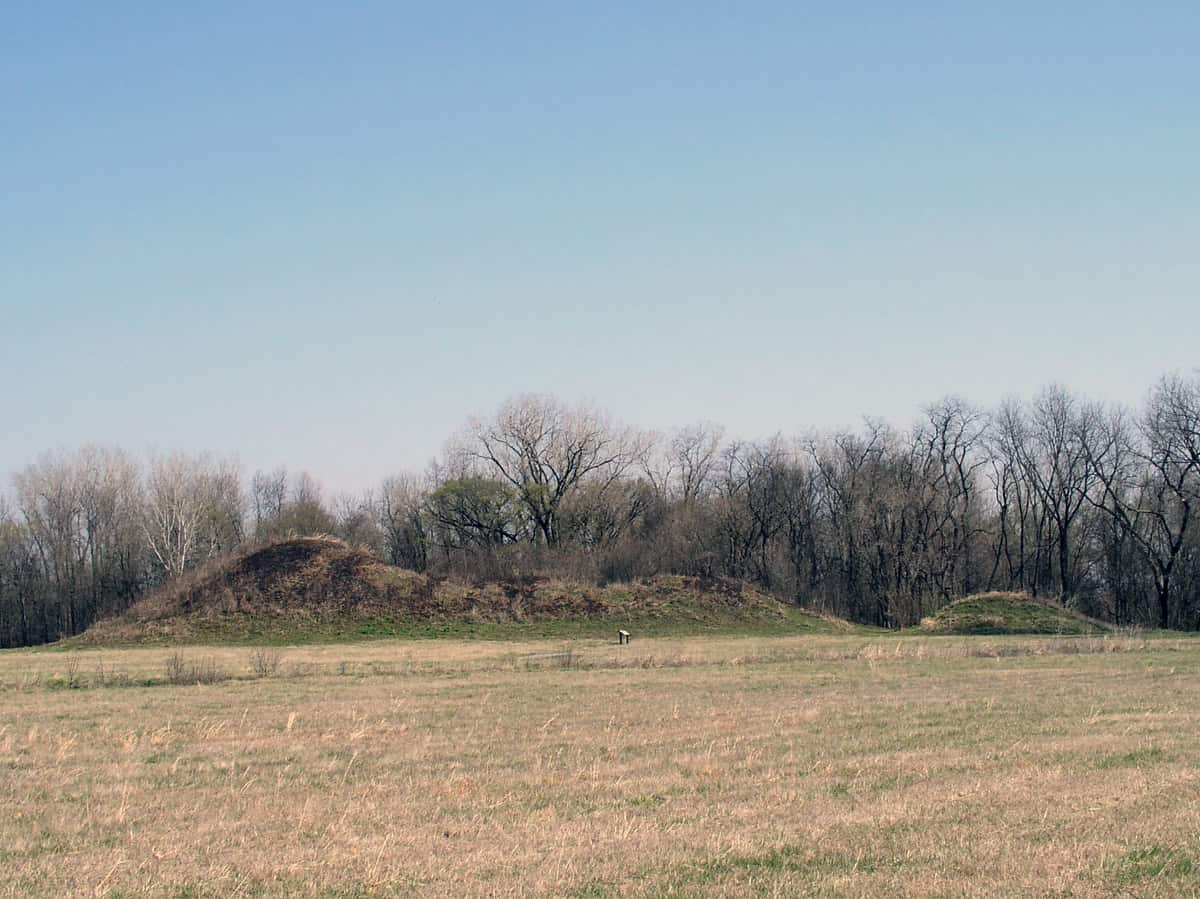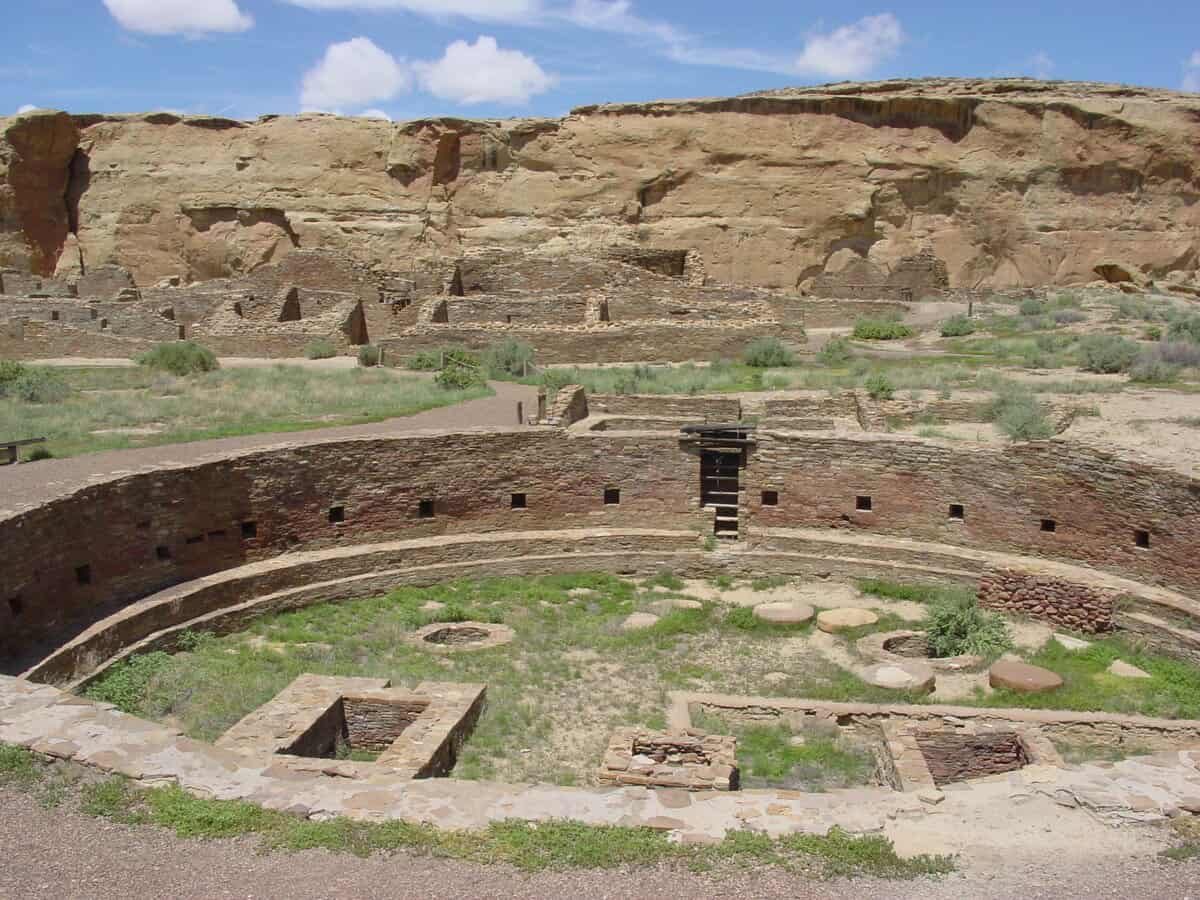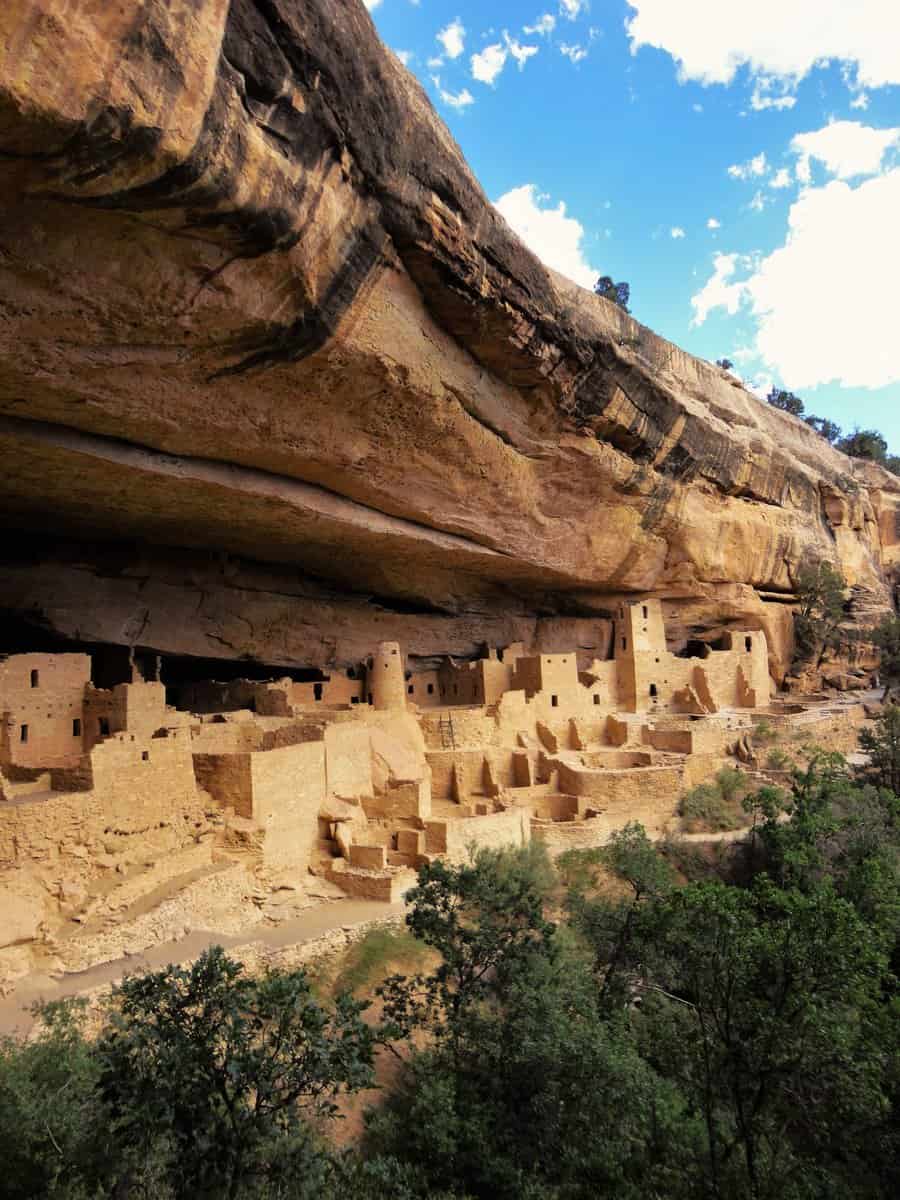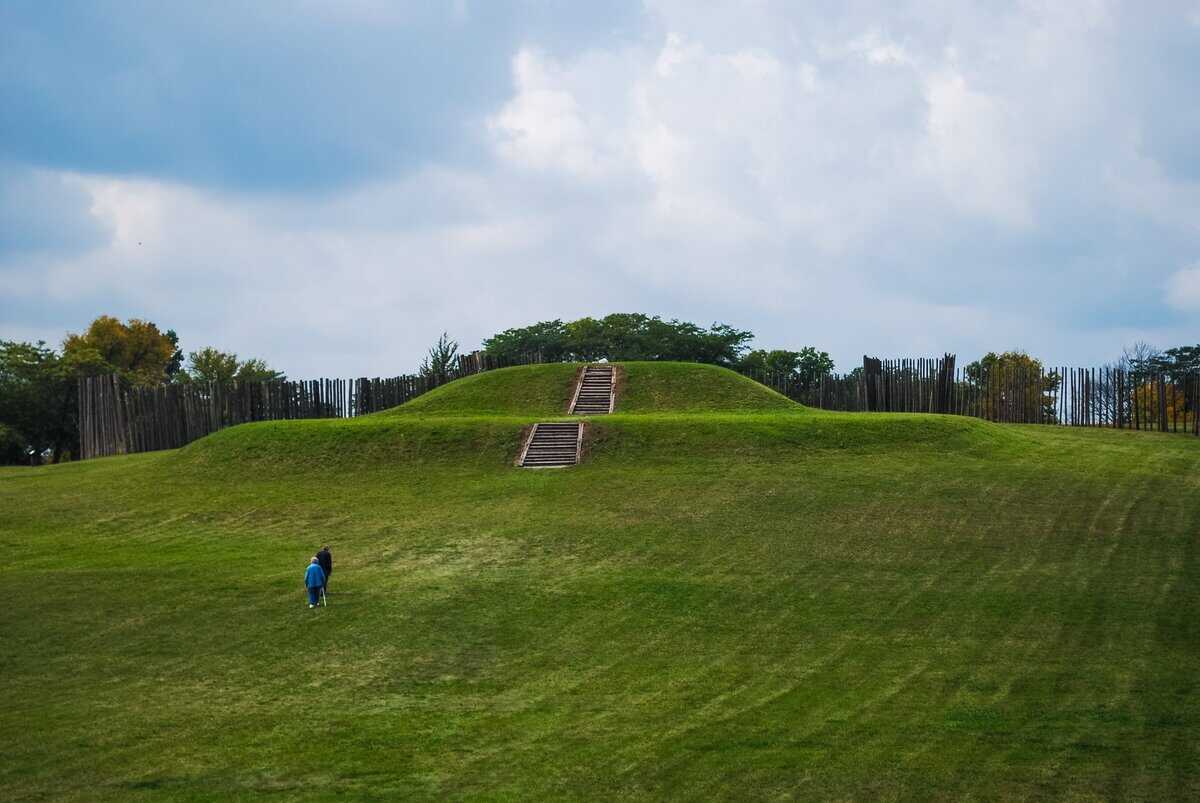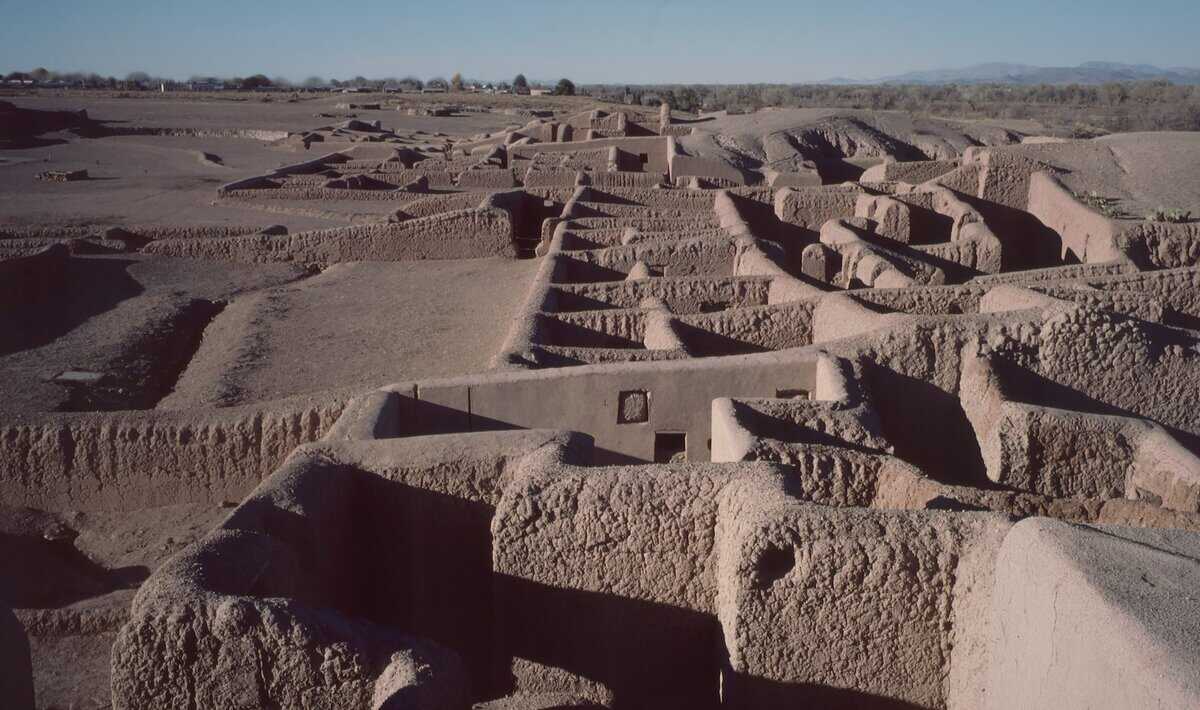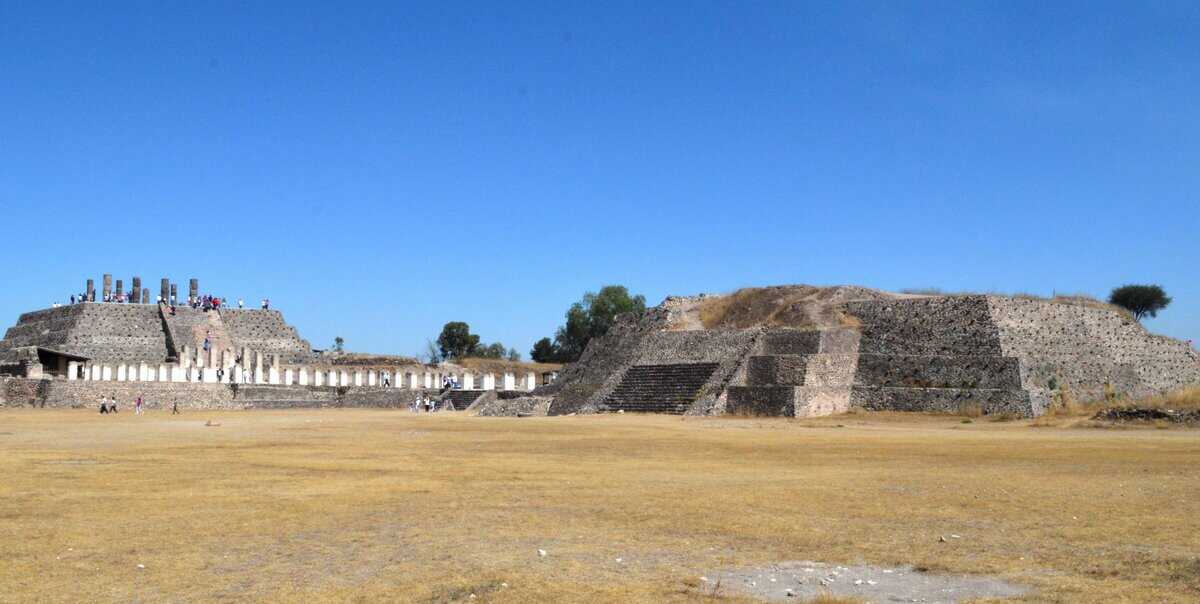Long before the United States became a nation, vast and complex civilizations thrived across North America.
Their cities, built from earth, stone, and wood, stood as centers of trade, ceremony, and culture.
Many of them have since vanished beneath forests, rivers, and modern towns, leaving behind mysterious ruins and legends of lost grandeur.
Archaeologists continue to uncover pieces of their stories, proving that the land had advanced societies long before colonial history began.
Here are ten lost Native cities that once shaped the continent’s past, long before the idea of the United States even existed.
1. Cahokia – The City of Mounds
Located near present-day St. Louis, Cahokia was once the largest city north of Mexico, reaching its height around the 1100s.
It stretched over six square miles and housed tens of thousands of people. The city was filled with massive earthen pyramids, ceremonial plazas, and wooden palisades.
The largest structure, Monks Mound, still towers above the Mississippi River valley.
Archaeologists believe Cahokia was a major political and religious center that traded goods across the continent.
Its sudden decline around 1350 remains one of North America’s greatest archaeological mysteries.
2. Etowah – The Painted Earth City
Etowah, located in modern Georgia, was a thriving Mississippian city between 1000 and 1550.
The site contains six large mounds, a central plaza, and remains of defensive walls.
Its people created intricate copper and shell ornaments, beautifully painted pottery, and ceremonial masks that reflected both power and spirituality.
Etowah was also a place of social hierarchy, where elite leaders were buried with rich offerings.
Today, only fragments of its former brilliance remain, but the mounds still speak of a time when it was one of the South’s cultural capitals.
3. Moundville – The City of the Sun
In Alabama lies the ancient city of Moundville, which flourished between 1000 and 1450.
Built along the Black Warrior River, it was a political and religious hub surrounded by more than twenty mounds arranged around a large central plaza.
The people of Moundville were skilled farmers, traders, and artists. They produced shell carvings depicting the sun, warriors, and spirits.
The city’s layout reflected cosmic order, symbolizing the harmony between earth, people, and the heavens.
Moundville declined before European contact, but its influence reached across the Southeast.
4. Poverty Point – The Ancient Trade Hub
Older than most known Native cities, Poverty Point in Louisiana dates back nearly 3,500 years.
Long before Cahokia or Moundville, it served as a complex settlement with earthworks, ridges, and mounds built in precise geometric patterns.
Its people traded materials from across the continent, including copper from the Great Lakes and soapstone from the Appalachians.
Despite its age, Poverty Point shows signs of advanced planning and social organization.
It stands as a reminder that large-scale urban centers existed in North America far earlier than once believed.
5. Spiro – The Sacred City of the Plains
Spiro, located in present-day Oklahoma, was one of the most influential Mississippian cities between 900 and 1450.
It is famous for its burial mounds filled with exquisite artifacts made of copper, shell, and stone.
The people of Spiro maintained trade networks that stretched from the Gulf of Mexico to the Great Lakes.
Their art reflected deep spiritual beliefs and connections to the afterlife.
The site was later looted in the early 1900s, causing many priceless relics to be lost forever, but what remains still reveals the sophistication of its culture.
6. Chaco Canyon – The City of the Ancestors
In the deserts of New Mexico, the Ancestral Puebloans built Chaco Canyon, one of the most extraordinary archaeological sites in North America.
Between 850 and 1250, it was home to immense stone structures known as great houses, some of which contained hundreds of rooms.
Roads radiated outward in all directions, linking smaller settlements across vast distances.
Chaco was not only a city but a ceremonial center aligned with solar and lunar cycles.
It was abandoned by the 1300s, possibly due to drought, but its influence shaped the entire Southwest.
7. Mesa Verde – The Cliffside Metropolis
High in the cliffs of Colorado lies Mesa Verde, where the Ancestral Puebloans built remarkable dwellings in the 1200s.
The city’s sandstone structures cling to canyon walls, some containing over a hundred rooms.
The largest, known as Cliff Palace, shows the community’s engineering brilliance and deep connection to nature.
Life at Mesa Verde revolved around agriculture, ceremony, and family. Around 1300, the people left, possibly migrating south.
Though it was abandoned, Mesa Verde remains one of the most stunning examples of Native architecture and resilience.
8. Aztalan – The City by the River
In Wisconsin, near the Crawfish River, lies Aztalan, a city built by people of the Mississippian culture between 1000 and 1300.
The name comes from later explorers who thought it might be connected to the Aztecs’ mythical homeland, Aztlan.
The city featured platform mounds, stockade walls, and organized residential zones.
Evidence suggests that its people practiced elaborate rituals and ceremonies, possibly involving fire and symbolic offerings.
Though Aztalan was abandoned centuries before Europeans arrived, it left behind a powerful legacy of creativity and spiritual depth in the Upper Midwest.
9. Casas Grandes – The City of Trade and Fire
In northern Mexico, just south of the U.S. border, lies Casas Grandes, also known as Paquimé.
Flourishing around 1200 to 1450, it was a center of trade that connected the Pueblo cultures of the north with Mesoamerican civilizations to the south.
The city featured multi-story adobe buildings, ball courts, and irrigation systems. Its people traded macaws, copper bells, and turquoise.
When Paquimé was mysteriously abandoned, it left behind evidence of cultural blending and a rich exchange of ideas between regions.
Its ruins still stand as silent witnesses to a once-thriving metropolis of the desert.
10. Tula – The Forgotten City of Warriors
Though often associated with central Mexico, the influence of Tula, the Toltec capital, reached into what is now the American Southwest.
Flourishing between 900 and 1150, Tula was a city of temples, pyramids, and statues of warrior figures.
It influenced trade, religion, and art far beyond its borders. Some scholars believe that the Puebloan and Hohokam peoples may have interacted with Toltec traders.
Tula’s decline came long before European colonization, but its legacy can still be traced in the myths and symbols found across the desert Southwest.

Siempre sentí una fuerte conexión con lo Divino desde mi nacimiento. Como autora y mentora, mi misión es ayudar a los demás a encontrar el amor, la felicidad y la fuerza interior en los momentos más oscuros.

